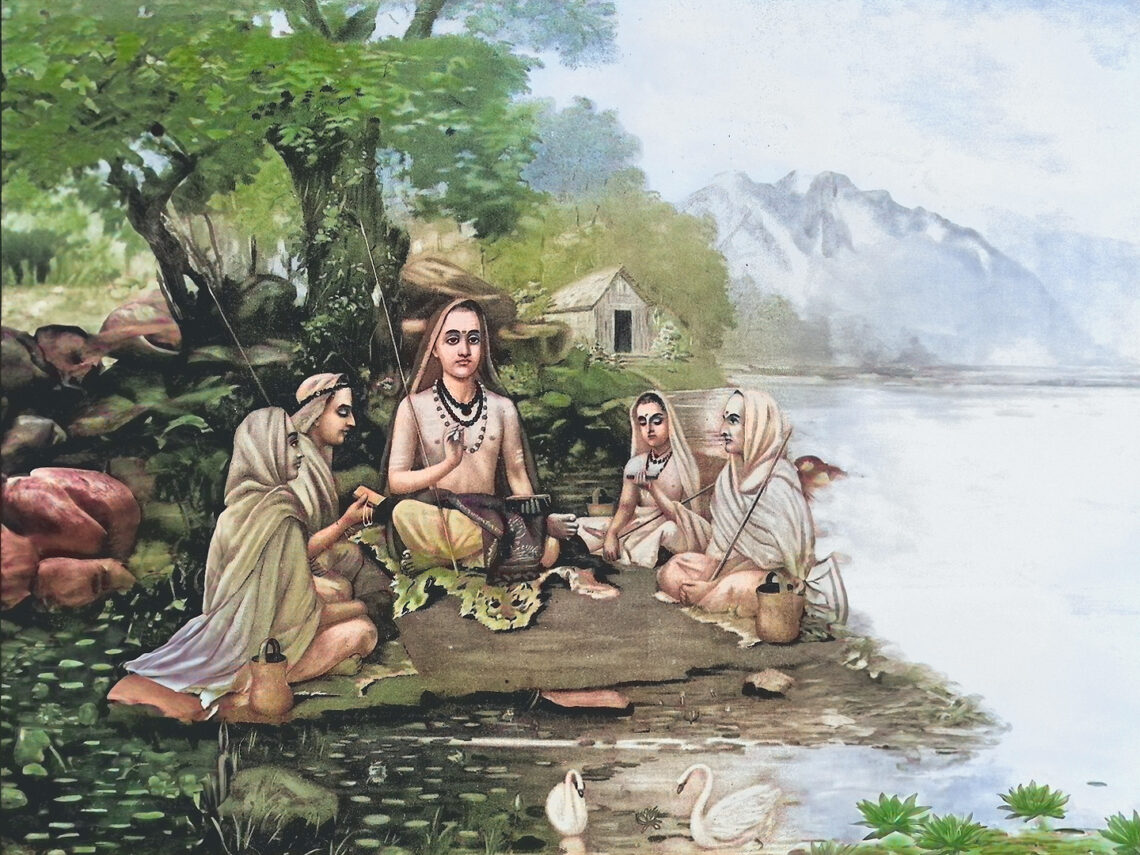
A Journey to Zero: Unraveling the Mysteries of Ho’oponopono and Advaita
Imagine your life as a multi-layered painting. Each brushstroke represents an experience, a memory, a moment that has sculpted your very being. Over time, this masterpiece gets cluttered, filled with layers of emotions, thoughts, and beliefs that often weigh us down. But what if there was a way to wipe clean this canvas, to rejuvenate it, bringing back its original beauty? This is where the ancient art of Ho’oponopono comes in, an intriguing practice of spiritual cleansing, akin to being a restorer of your soul’s artwork.
As we stroll through the labyrinth of life, we often find ourselves at crossroads. We stand there, sometimes lost, sometimes perplexed, often yearning for a signpost pointing to “Zero,” a state of clarity and pureness. Enter Advaita, an eastern philosophy mirroring Ho’oponopono, which translates to ‘Not One, Not Two, and Not Many.’ This state, too elusive for our binary language to encapsulate, symbolizes a tranquility that transcends the duality of our 3D world, a state akin to the untouched canvas.
But how does one reach this elusive “Zero”? How do we unlock this restorative state? Much like the enigmatic riddles we adored as children, Advaita proposes a paradoxical solution: the art of ‘non-doing.’ Accept, observe, let go – without forming attachments. It sounds daunting, like trying to paint the wind, but it’s more attainable than you might think.
Ho’oponopono and Advaita converge in their pursuit of this “Zero.” They acknowledge our tendency to be entangled in the intricacies of life, lost in a thicket of our own thoughts, emotions, and beliefs. But rather than struggling to untangle this knot, Ho’oponopono hands us a pair of celestial scissors: a simple, powerful prayer of remorse, forgiveness, gratitude, and love.
Ho’oponopono doesn’t demand the discarding of our human nature. Instead, it provides a cleansing ritual, a gentle eraser to rub out the unwanted shades on our canvas. It allows us to recognize and then “clean” or delete these spiritual blemishes, returning us to our pure, original state, which is interconnected with everything around us.
Ho’oponopono is a journey of spiritual restoration, a pilgrimage towards that elusive “Zero.” It’s not a negation of life’s experiences but a process of harmonization. Through it, we learn to perceive our lives as a beautiful dance between the human and the divine, an exploration into the depths of our existence.
To understand Advaita is to unlock a new level of consciousness. To practice Ho’oponopono is to embrace a transformative tool for spiritual cleansing. Each is a path to that tranquil clearing in the forest of life, a route leading us to a serene state of Zero, unburdened, pure, and pristine. So, dear reader, let us set off on this journey, hand in hand with Ho’oponopono and guided by the wisdom of Advaita, ready to rejuvenate our soul’s canvas.


You May Also Like

The Essence of Ho’oponopono: Embracing Divinity Within and Beyond

Advaita and Ho’oponopono
